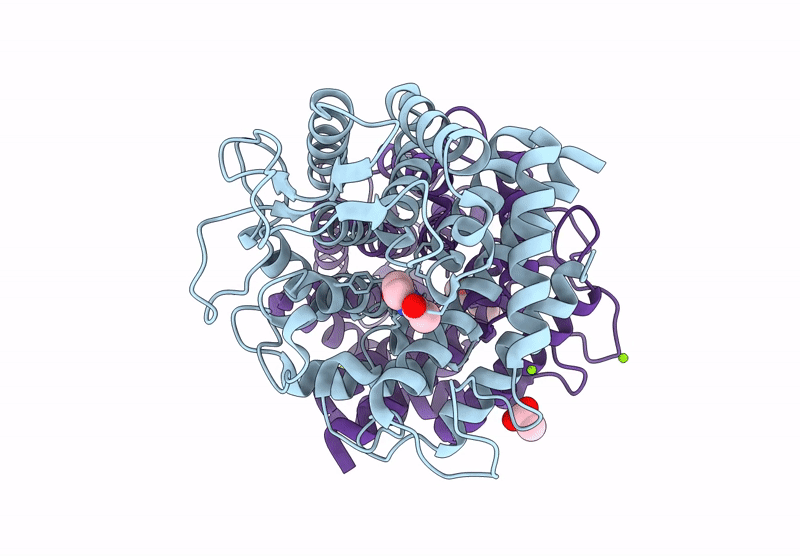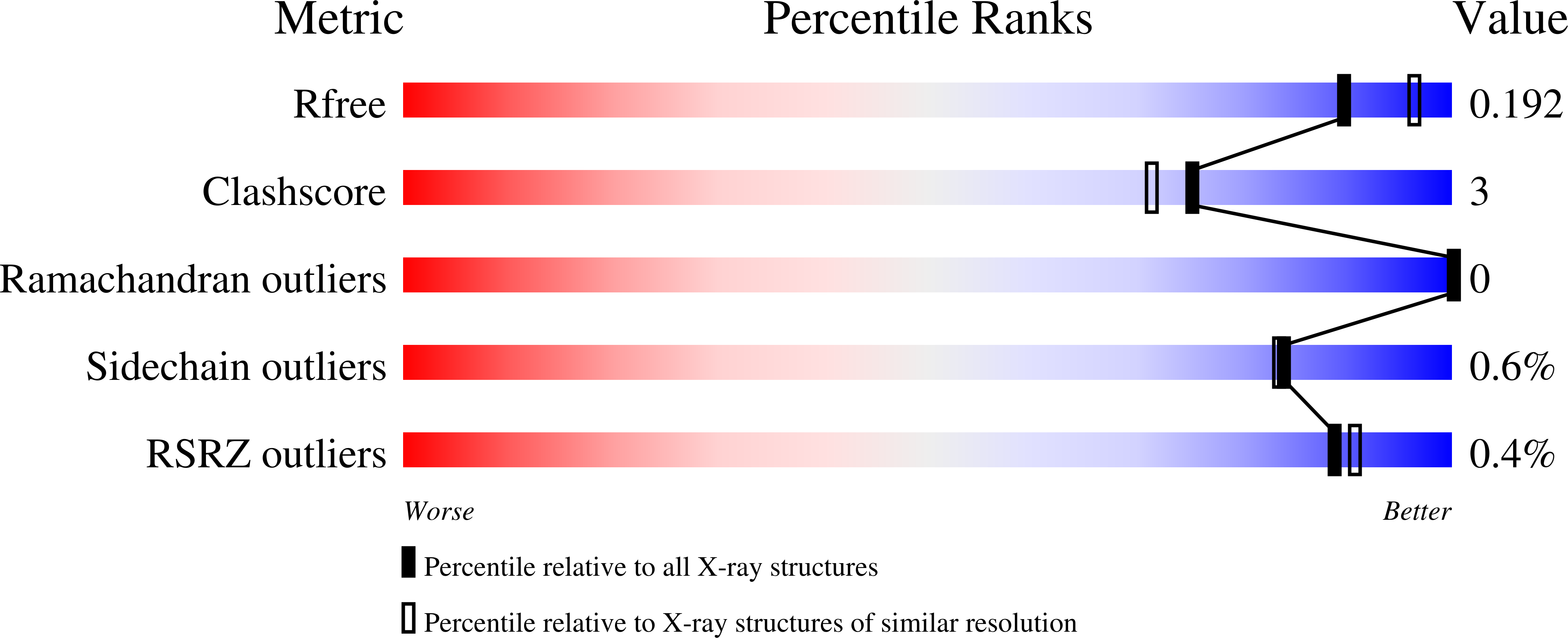
Deposition Date
2024-06-13
Release Date
2025-08-06
Last Version Date
2025-09-10
Entry Detail
PDB ID:
9C99
Keywords:
Title:
Crystal structure of AprG complexed with a two-carbon amino sugar fragment (acetamidoacetaldehyde)
Biological Source:
Source Organism:
Streptoalloteichus tenebrarius (Taxon ID: 1933)
Host Organism:
Method Details:
Experimental Method:
Resolution:
1.95 Å
R-Value Free:
0.19
R-Value Work:
0.16
R-Value Observed:
0.16
Space Group:
P 2 21 21


